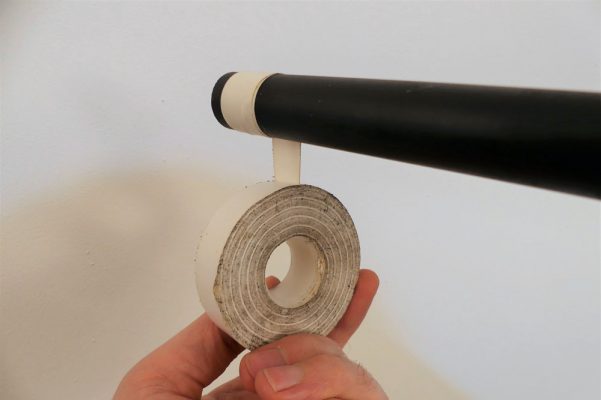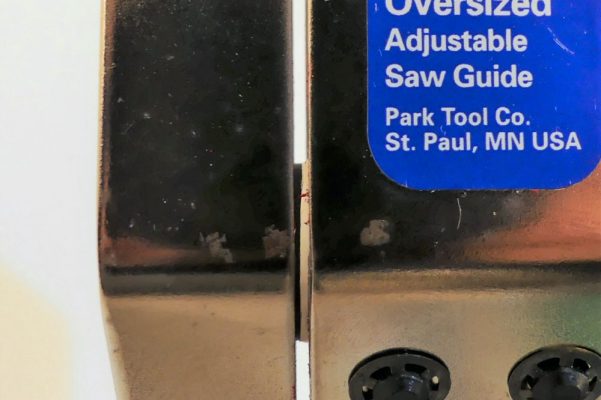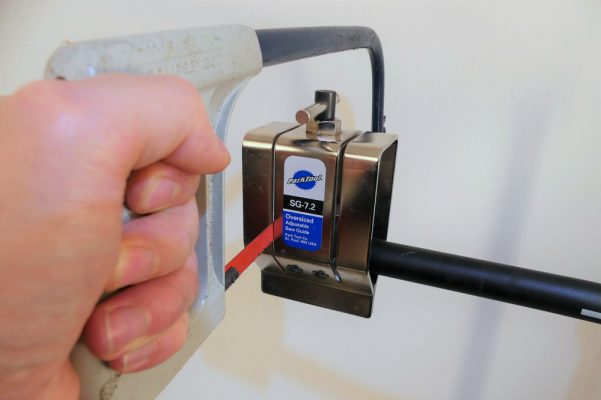760mm to 800mm is the mbr spectrum
What bar width is best for you? Short answer: get some 780mm bars and experiment with grips. Read on for more advice about width selection.
>>> The best mountain bike handlebars
Here’s how wide we run our bars at mbr
- Danny (5ft 10in) bar width: 780mm
- Alan (5ft 11in) bar width: 777mm
- Jamie (6ft 1in) bar width: 800mm
- James (6ft 1in) bar width: 760mm
- Benji (6ft 1in) bar width: 780mm
Why we run these widths
What does this tell us? Unfortunately the main thing its tells us is that there is no magic formula to bar width.
Why do we all run these bar widths? Basically we feel our chosen widths suit us best and feel right. Sorry.
We’re not alone in this regard. Richie Rude (5ft 11in) runs 740mm bars. Rachel Atherton (5ft 7in) runs 775mm bars. Try telling them they’re running incorrect width handlebars.
Contrary to what a lot of folk will tell you, bar width is not much to do with height. We’d even say it’s not even related to your shoulder/press-up width. It’s not really even much to do with different terrains. The ‘correct’ bar width is a combination of your whole bike’s geometry and dynamic fit (bar width works significantly in relation to stem length, reach and BB height). Bar width is also dependant how you like to ride.
Riders who manual and get airborne a lot tend to run narrower bars. Riders who prefer to plough steep tracks often prefer wider bars.
If you do want a pseudo science answer then according to us lot at mbr the average bar width is 779.4mm. Best get saving up for that laser guided bar cutter!
In terms of choosing a new handlebar however, our straw poll is useful. It tells you that you probably shouldn’t buy a bar narrower than 780mm.
The other thing we’d strongly recommend is to mimic different bar widths by sliding your lock-on grips in and out. Take care how you do it though…
Even if you’re a dyed in the wool 780mm rider, just go for a ride with your grips slid in 10mm (remember to run bar plugs!). You may be surprised at how much it affects front wheel lift for example. There’s no need to rush home and break out the hacksaw but you may wish to try running your hands slightly more inboard on certain types of terrain in future.
If you have 760mm bars, don’t worry, you can also still try mimicking wider bars. Slide your lock-on grips 10mm past the ends of your handlebar (use insulation tape to secure any outer collar that is now ‘floating’ in air). Double check the tightness of the inner collar and test the grips for undue movement. Be warned: you may end up purchasing a set of 780mm wide bars upon returning from your test ride!
How to trim your bars
Here’s our guide to giving them a quick trim. Just remember there’s no going back and measure twice, cut once!

Mark where you want to cut the bars. Are you 100% happy with where you are going to cut them – perhaps just move your grips inboard for a ride or two to make sure? Make sure your marks are even on each side – it’s best to cut at the outermost edge of the tape, especially with carbon bars to help prevent splinters.

A cutting guide makes the job much easier. Line the outside edge of the tape up with the slot in the guide as shown. Use the thinnest slot on the guide that your saw blade comfortably sits in. Only attempt without a guide if you can cut super straight or don’t mind a shonky finish!

Cut the bar. You can do this whilst the bars are still on the bike if you’re in a rush but a vice makes it easier and is essential if you are cutting without a guide. It’s a good idea to use a carbon blade for carbon bars, but not essential. Ease up on the pressure when you’re nearly all the way through for the best finish. Repeat for the other side.

Finish the bar by filing the end of the bar flat. File a chamfer onto the inner and outer diameter of the bar to help prevent stress risers and so it looks neat. Alternatively use a pipe deburrer as shown. If your bar is carbon then finish with some abrasive paper – watch out for splinters.




